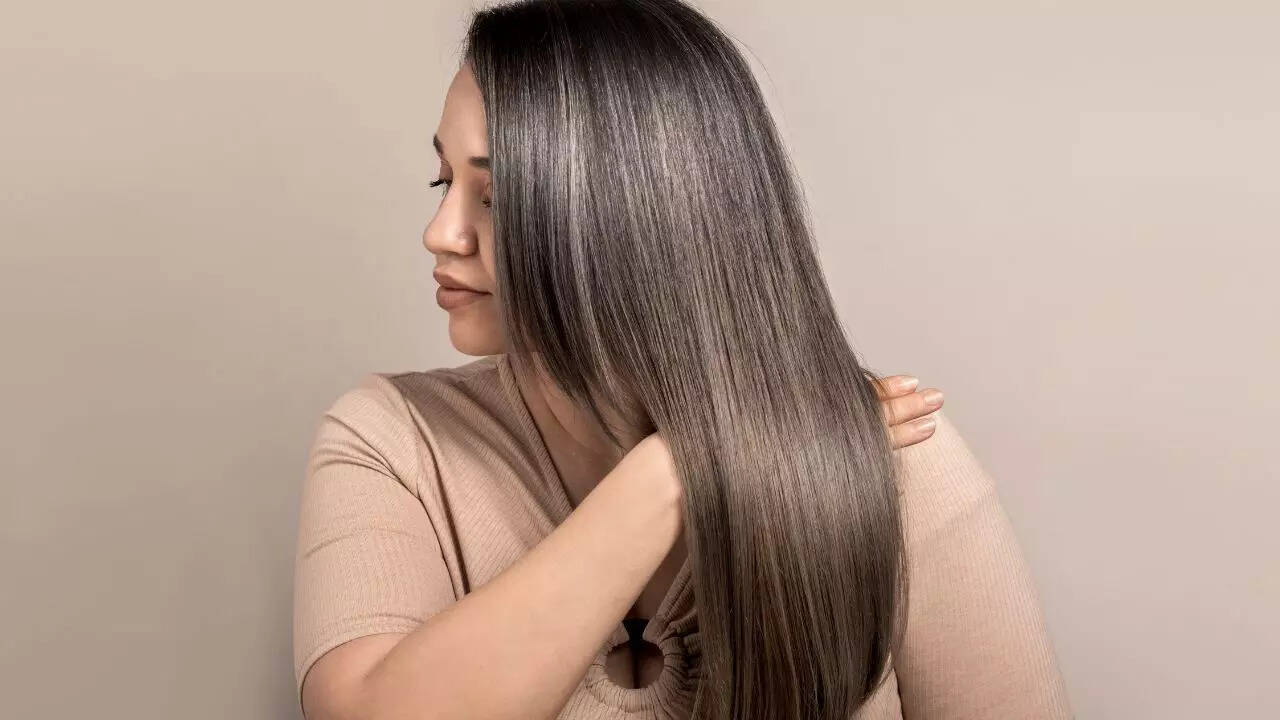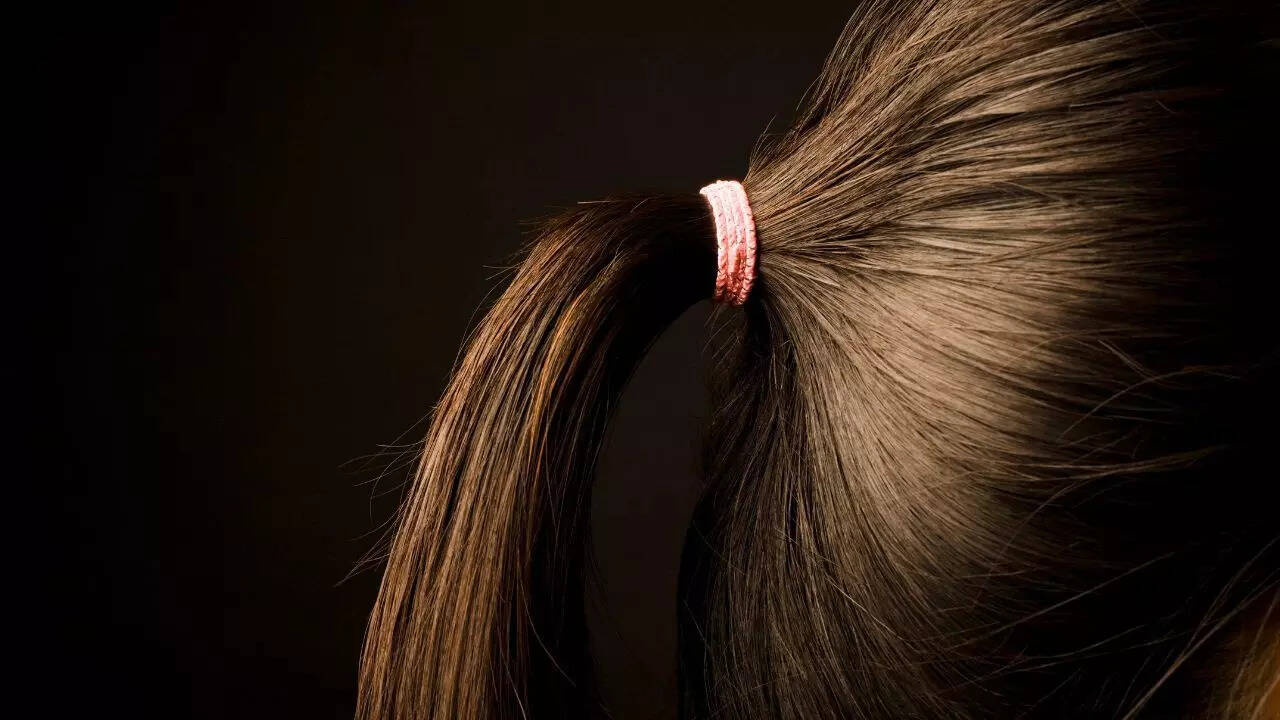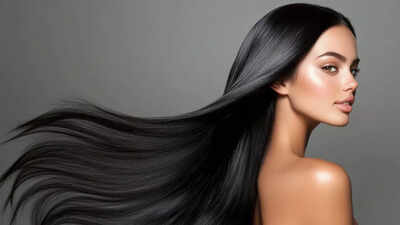Does tying your hair stop it from growing? Experts reveal the truth and tips for faster hair growth |

Many people wonder whether tying their hair slows down growth or if leaving it open is better for maintaining healthy strands. Hair growth is influenced by genetics, diet, overall health, and hair care practices, but styling choices like tight ponytails or braids can play a role. Research shows that mechanical stress on hair follicles can sometimes contribute to hair breakage or conditions such as traction alopecia, where prolonged tension leads to hair thinning along the hairline.A study published by the American Academy of Dermatology highlights that hairstyles that constantly pull on the scalp may damage hair follicles over time, but gentle, low-tension styles have minimal impact on growth. Understanding the balance between styling and protecting your hair can help you maximise growth while keeping your strands strong and healthy. Ayurveda and other holistic hair practices also suggest ways to maintain hair vitality, including scalp massage, oiling, and protecting hair from environmental damage.This article explores the effects of tying hair versus leaving it open, backed by scientific studies and practical tips for faster hair growth.
How hair grows and why styling matters
Hair grows in three stages: anagen (growth), catagen (transition), and telogen (resting). At any time, most hair is in the anagen phase, actively growing. Styling practices that place constant tension on hair, like tight ponytails or braids, can stress the follicles, sometimes leading to breakage or hair loss along the edges.Studies show that traction alopecia is common among individuals who regularly use tight hairstyles. The condition is preventable, and hair often regrows if the tension is reduced early. By understanding the hair growth cycle, you can make informed styling choices that support healthy hair length over time.
Tying hair: Benefits and risks

Tying hair can be convenient and keep strands out of the way, especially during exercise or work. However, tight hairstyles can increase tension on hair follicles, leading to breakage or thinning at the hairline. Experts recommend avoiding daily tight ponytails, braids, or buns and alternating styles to reduce stress on the scalp.Low-tension styles, such as loose braids or ponytails, are less likely to cause follicle damage while still keeping hair manageable. Protective styles at night, like silk or satin wraps, can also prevent breakage while sleeping.
Leaving hair open: Pros and cons

Leaving hair open reduces tension on follicles, which can prevent traction-related hair loss. However, exposed hair is vulnerable to environmental damage, such as dust, pollution, sun, and friction against clothing. Open hair may also tangle more easily, leading to breakage during combing or brushing.Balancing the benefits of reduced tension with protective measures for open hair can help you maintain strong, healthy strands. Using wide-tooth combs and gentle detangling techniques can minimise damage when hair is left loose.
Practical tips for faster hair growth
Promoting hair growth requires a combination of good hair care habits and overall health practices:
- Gentle hairstyles: Use low-tension styles and avoid daily tight ponytails or braids.
- Scalp care: Massage the scalp with oils like coconut, amla, or bhringraj to improve circulation.
- Nutrition: Consume a balanced diet rich in protein, iron, vitamins, and omega-3 fatty acids.
- Hydration: Staying well-hydrated keeps the scalp and hair shafts healthy.
- Limit heat and chemical styling: Frequent heat styling can weaken hair, slowing growth.
- Regular trims: Removing split ends prevents breakage and maintains hair health.
Whether you tie your hair or leave it open, the key is balance. Tight hairstyles can stress hair follicles, while leaving hair open may expose strands to environmental damage. By combining gentle styling practices, proper scalp care, nutrition, and protective measures, you can encourage faster hair growth while keeping your hair strong and healthy. Understanding both scientific research and holistic hair practices ensures that your styling choices support long-term hair vitality.Disclaimer: This article is for general informational purposes only and is not a substitute for professional medical advice, diagnosis, or treatment. Always seek the guidance of a qualified healthcare provider regarding any medical condition or lifestyle change.Also read| Why you shed more hair in certain seasons, according to science and Ayurveda





